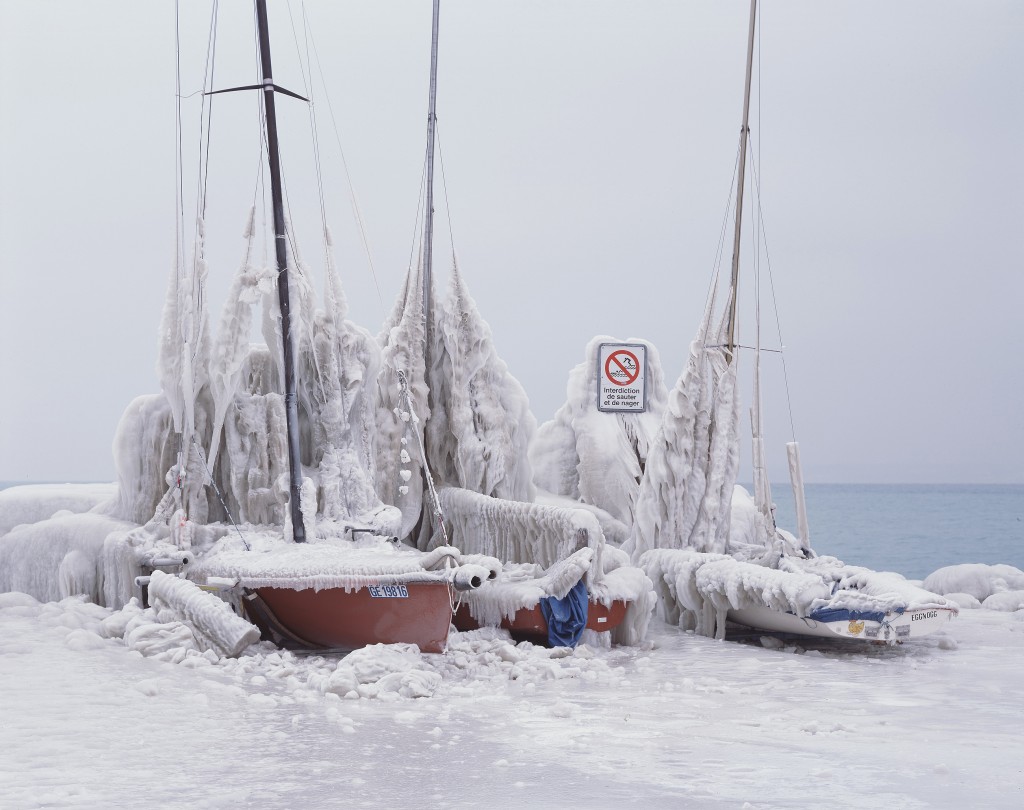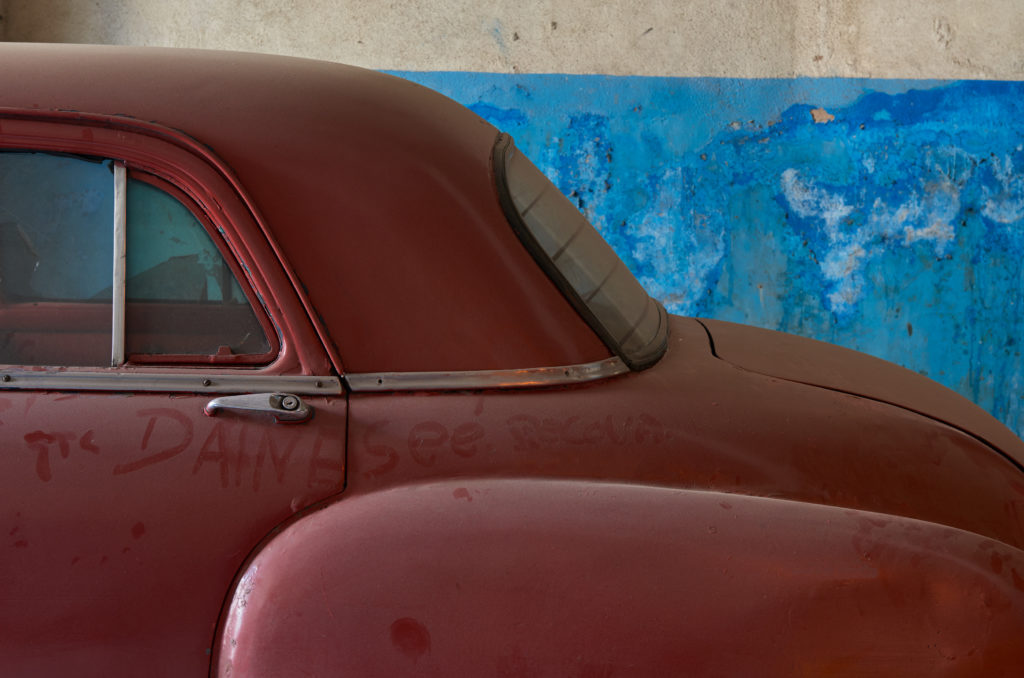
1952 Dodge Coronet 4-door Sedan
I had been aware of the pre-revolution US cars in Havana. But what came as a surprise were the tens of thousands classic automobiles still in circulation, as collective taxis, rented out for weddings and quinceanera parties (when girls turn 15), or used as tourist transport. The majority of them are Chevrolet and Ford, but also Buick, Dodge, and a variety of vanished brands such as Packard, De Soto, Mercury, Plymouth, Pontiac, and Oldsmobile. With no access to original spare parts, these vehicles are often assemblies of adapted parts from Soviet cars and trucks, and fitted with Hyundai or Mercedes diesel engines.
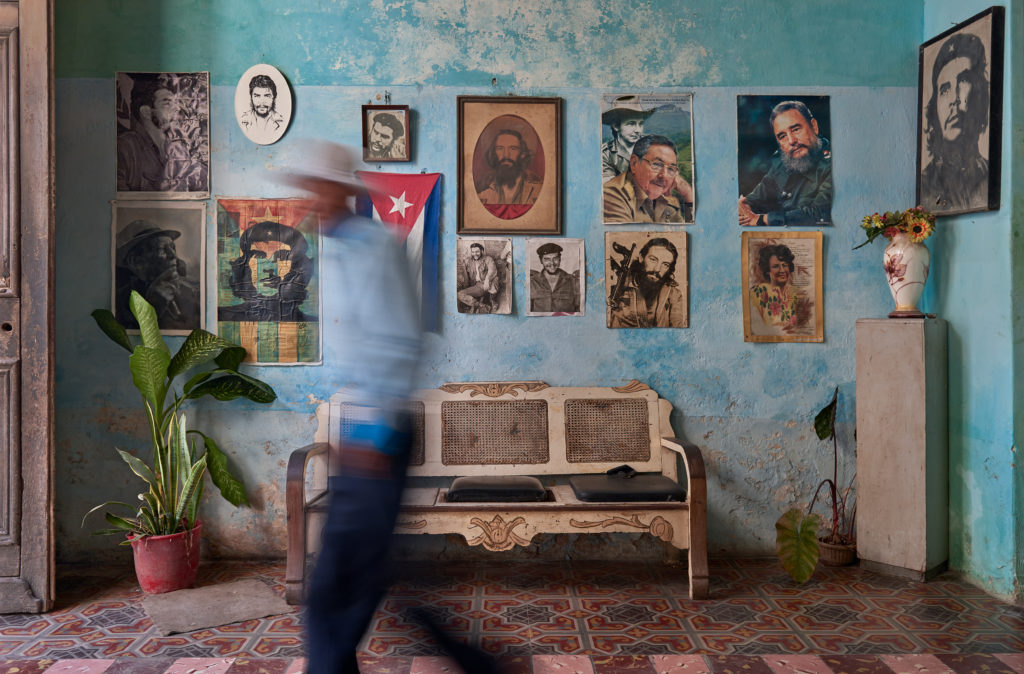
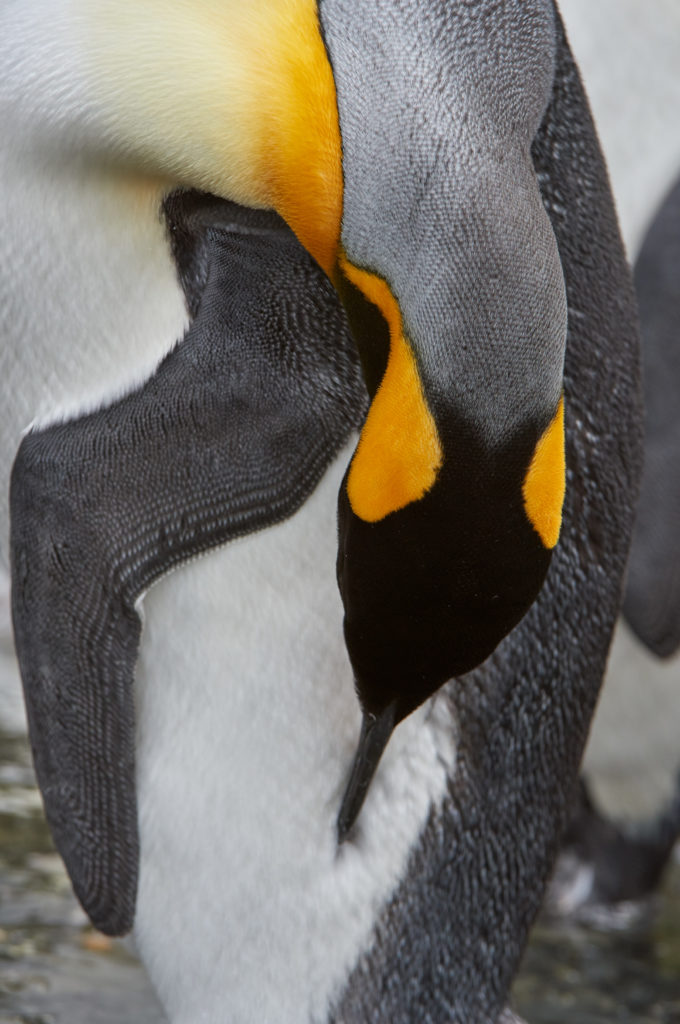
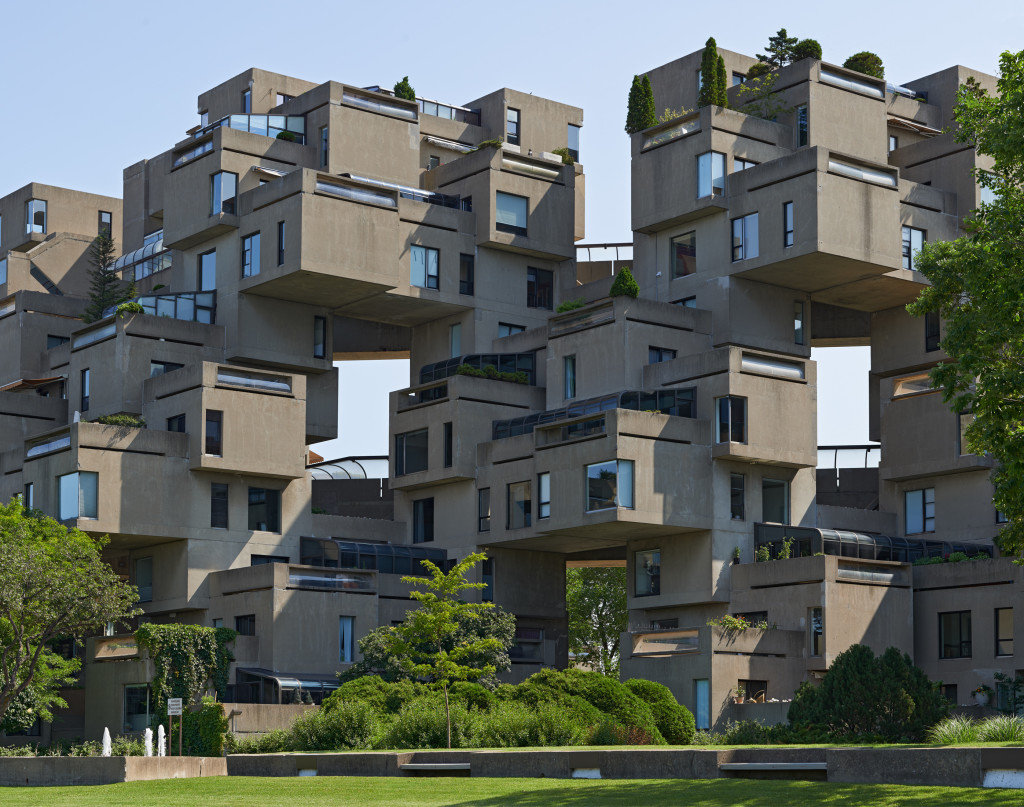
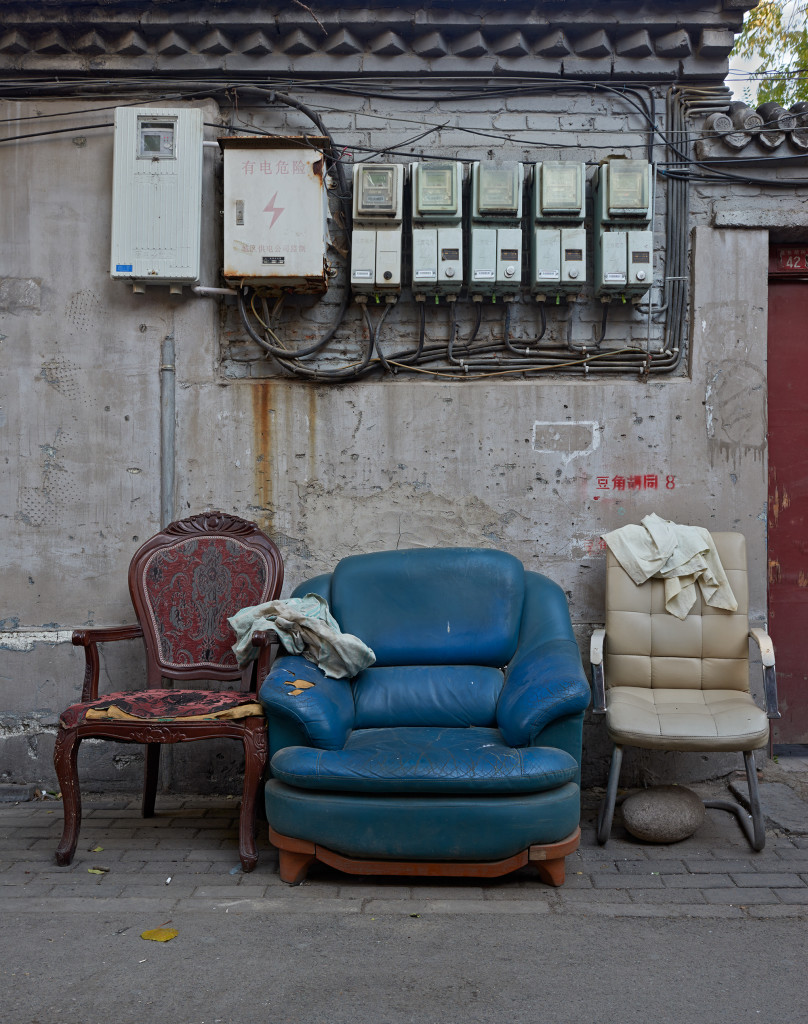
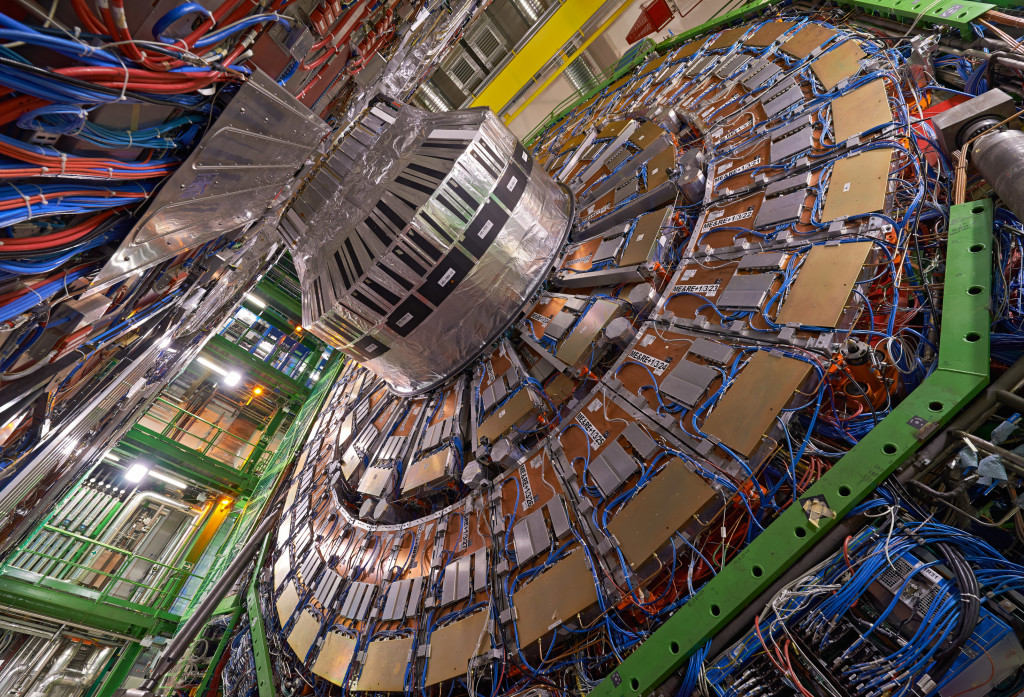
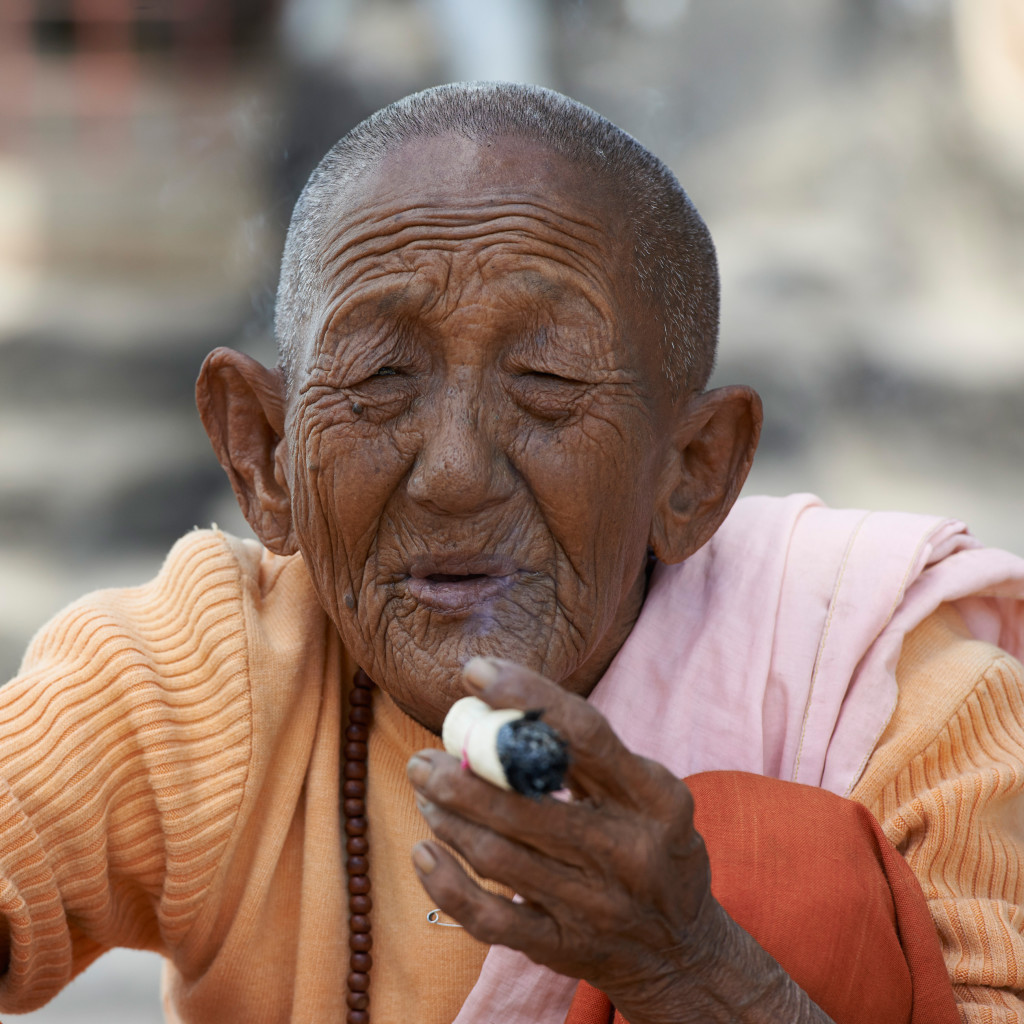
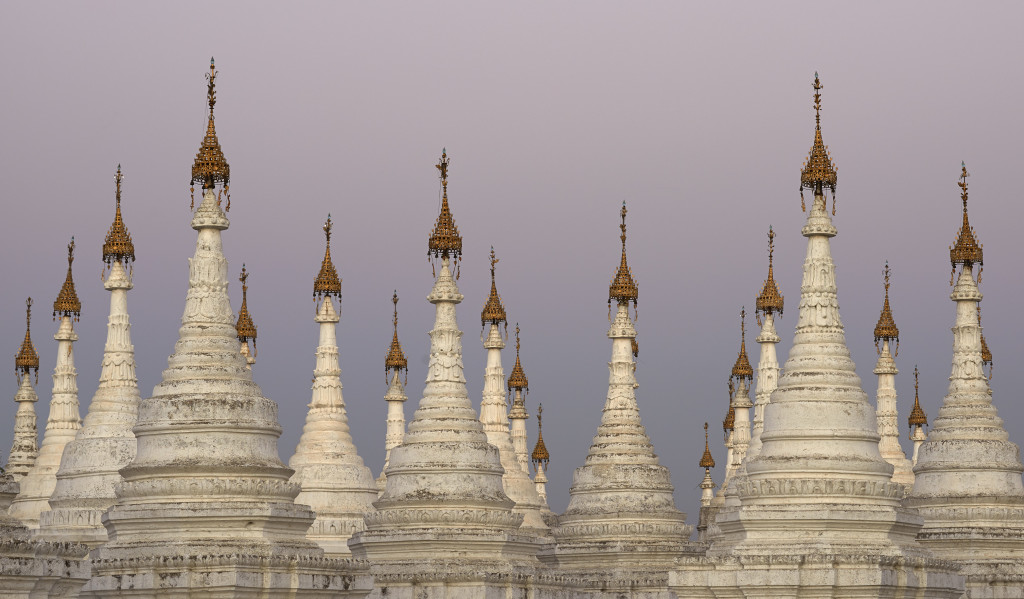
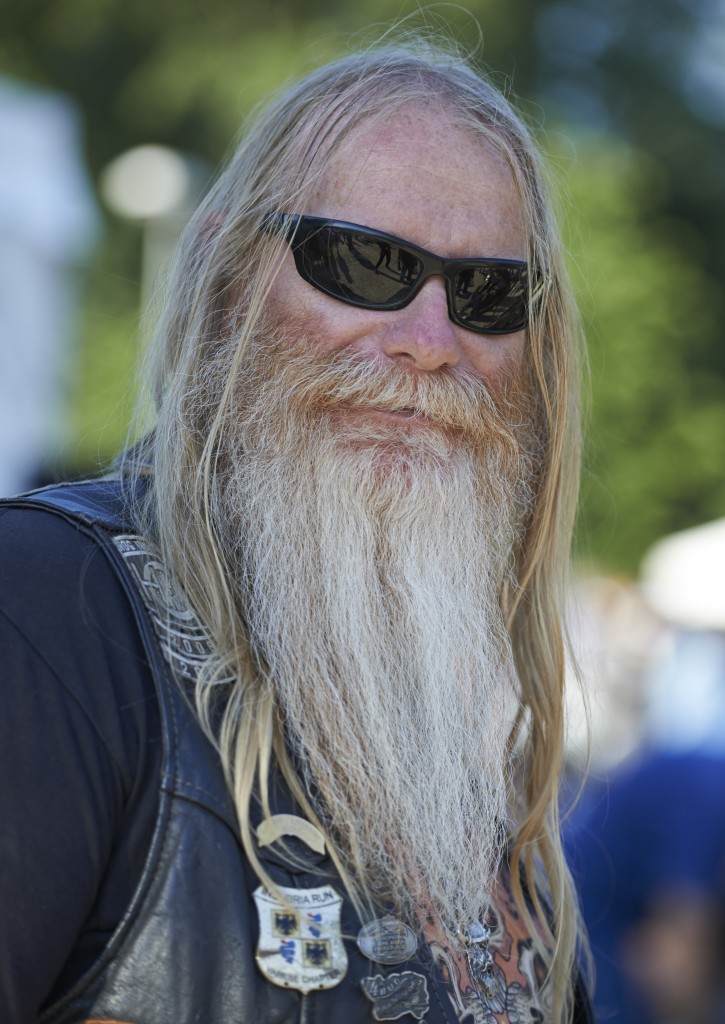 I am not much of a street and event photographer. Back in the film days I shot a wedding when, in the middle of the ceremony, the shutter of my Nikon F3 released instantaneously upon winding the film-advance lever. Fortunately I had brought my large format camera, which then served for the official photos but was obviously useless in the church.
I am not much of a street and event photographer. Back in the film days I shot a wedding when, in the middle of the ceremony, the shutter of my Nikon F3 released instantaneously upon winding the film-advance lever. Fortunately I had brought my large format camera, which then served for the official photos but was obviously useless in the church.